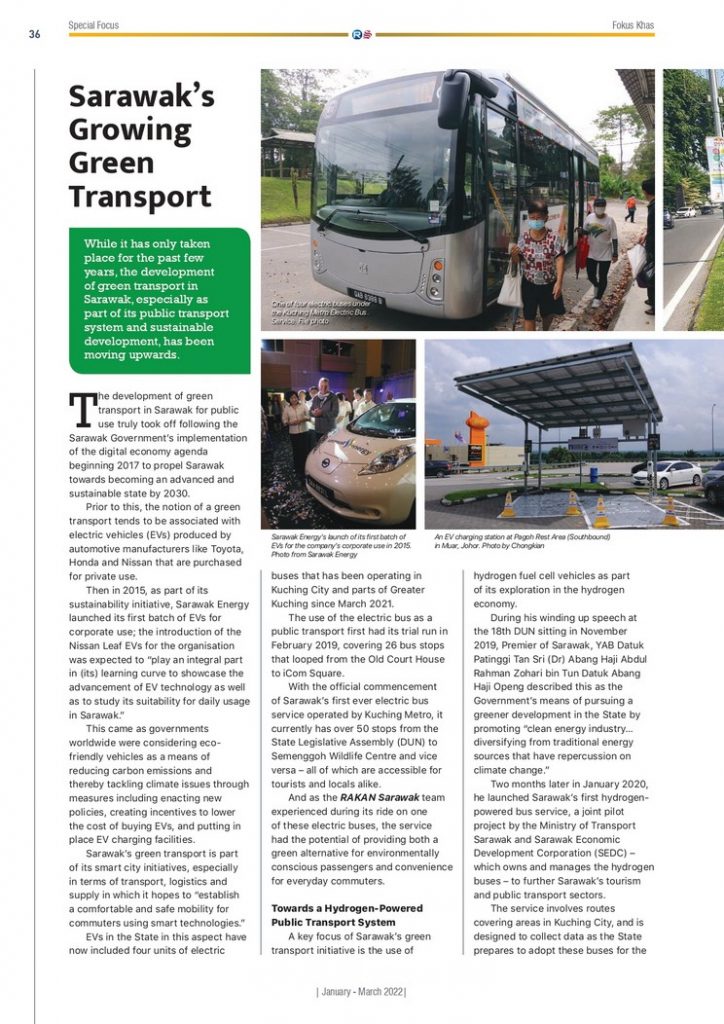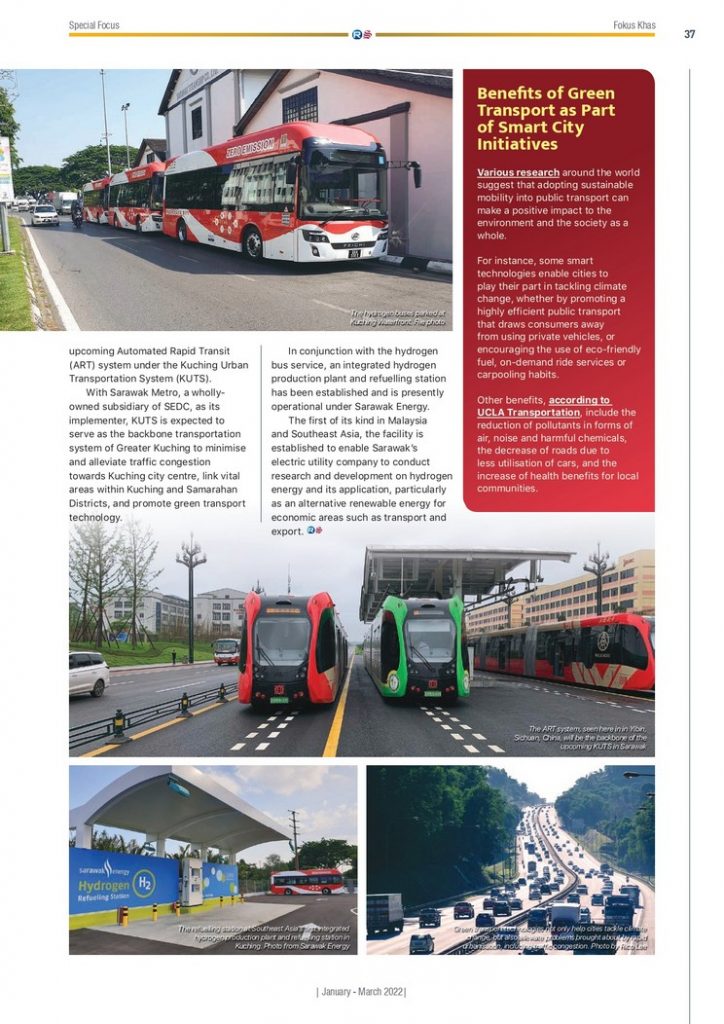– extracted and adapted from RAKAN Sarawak January-March 2021 –
The development of green transport in Sarawak for public use truly took off following the Sarawak Government’s implementation of the digital economy agenda beginning 2017 to propel Sarawak towards becoming an advanced and sustainable state by 2030.
Prior to this, the notion of a green transport tends to be associated with electric vehicles (EVs) produced by automotive manufacturers like Toyota, Honda and Nissan that are purchased for private use.
Then in 2015, as part of its sustainability initiative, Sarawak Energy launched its first batch of EVs for corporate use; the introduction of the Nissan Leaf EVs for the organisation was expected to “play an integral part in (its) learning curve to showcase the advancement of EV technology as well as to study its suitability for daily usage in Sarawak.”
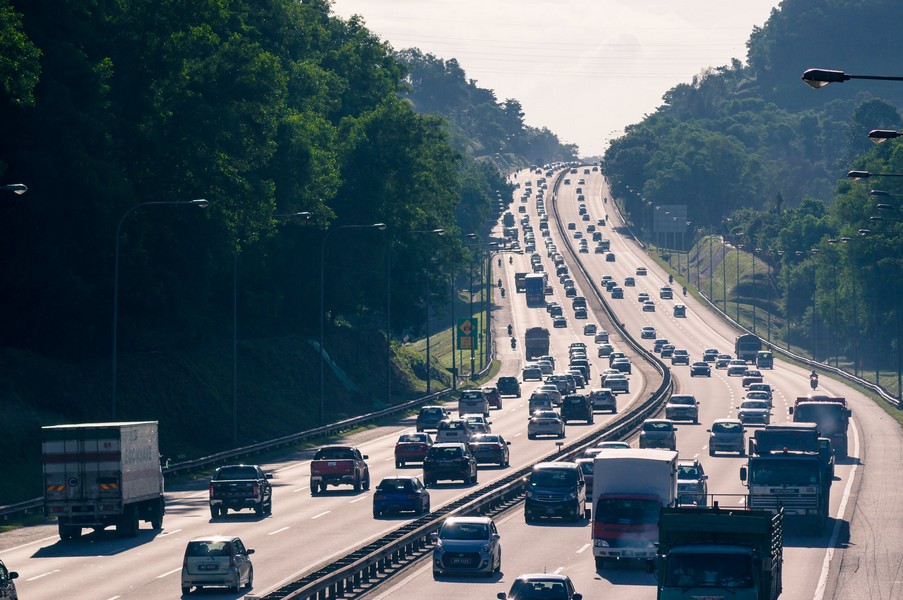
This came as governments worldwide were considering eco-friendly vehicles as a means of reducing carbon emissions and thereby tackling climate issues through measures including enacting new policies, creating incentives to lower the cost of buying EVs, and putting in place EV charging facilities.
Sarawak’s green transport is part of its smart city initiatives, especially in terms of transport, logistics and supply in which it hopes to “establish a comfortable and safe mobility for commuters using smart technologies.”
EVs in the State in this aspect have now included four units of electric buses that has been operating in Kuching City and parts of Greater Kuching since March 2021.
The use of the electric bus as a public transport first had its trial run in February 2019, covering 26 bus stops that looped from the Old Court House to iCom Square.
With the official commencement of Sarawak’s first ever electric bus service operated by Kuching Metro, it currently has over 50 stops from the State Legislative Assembly (DUN) to Semenggoh Wildlife Centre and vice versa – all of which are accessible for tourists and locals alike.
And as the RAKAN Sarawak team experienced during its ride on one of these electric buses, the service had the potential of providing both a green alternative for environmentally conscious passengers and convenience for everyday commuters.
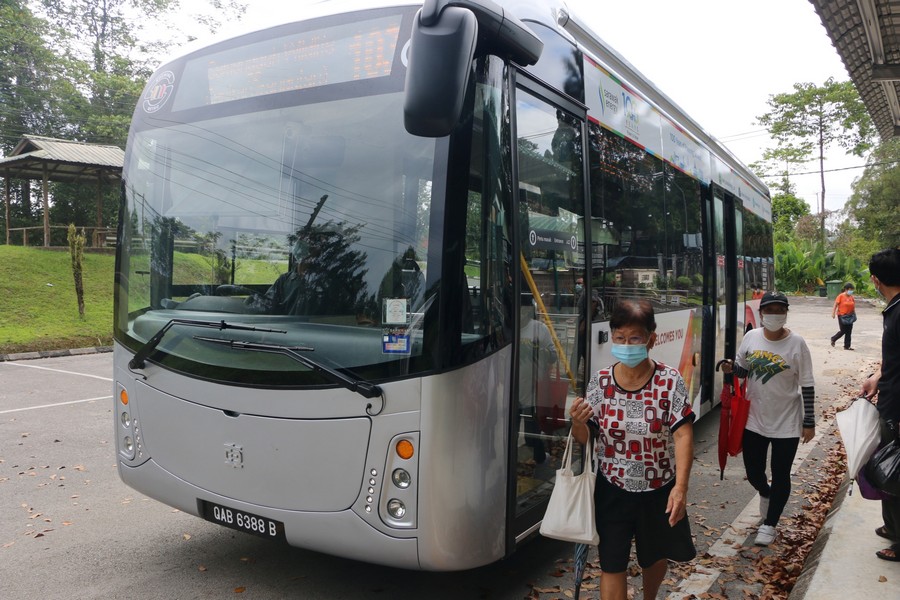
Towards a Hydrogen-Powered Public Transport System
A key focus of Sarawak’s green transport initiative is the use of hydrogen fuel cell vehicles as part of its exploration in the hydrogen economy.
During his winding up speech at the 18th DUN sitting in November 2019, Chief Minister YAB Datuk Patinggi Tan Sri (Dr) Abang Haji Abdul Rahman Zohari bin Tun Datuk Abang Haji Openg described this as the Government’s means of pursuing a greener development in the State by promoting “clean energy industry…diversifying from traditional energy sources that have repercussion on climate change.”
Two months later in January 2020, he launched Sarawak’s first hydrogen-powered bus service, a joint pilot project by the Ministry of Transport Sarawak and Sarawak Economic Development Corporation (SEDC) – which owns and manages the hydrogen buses – to further Sarawak’s tourism and public transport sectors.
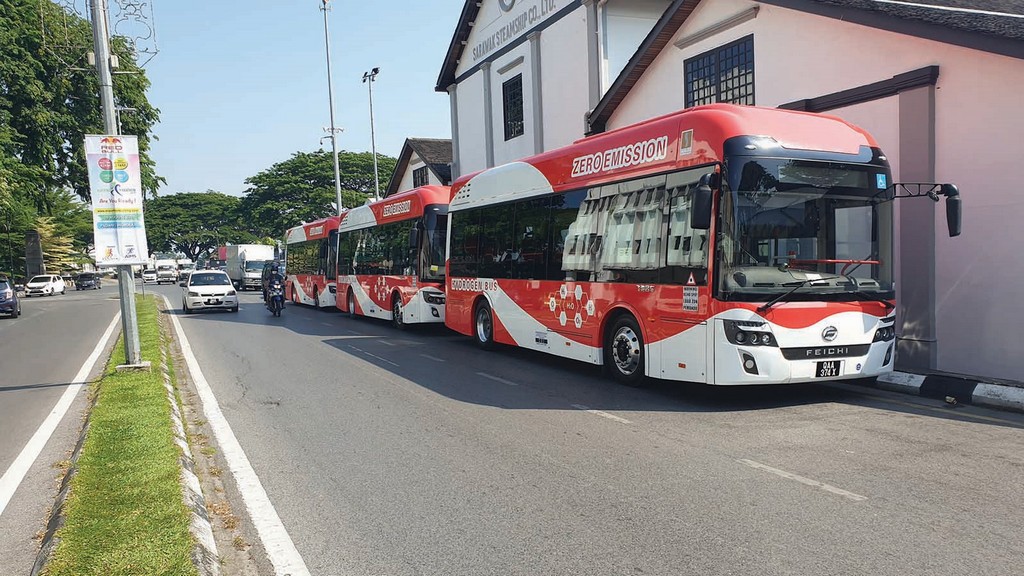
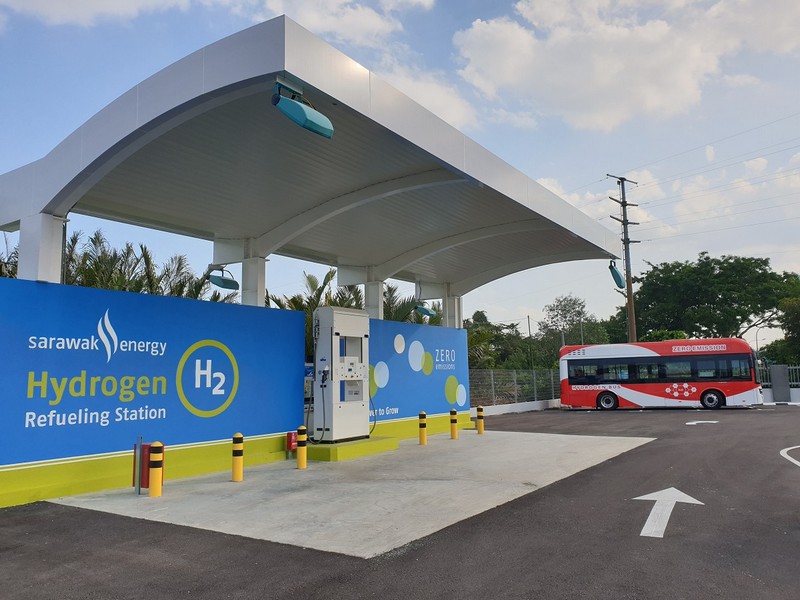
The service involves routes covering areas in Kuching City, and is designed to collect data as the State prepares to adopt these buses for the upcoming Automated Rapid Transit (ART) system under the Kuching Urban Transportation System (KUTS).
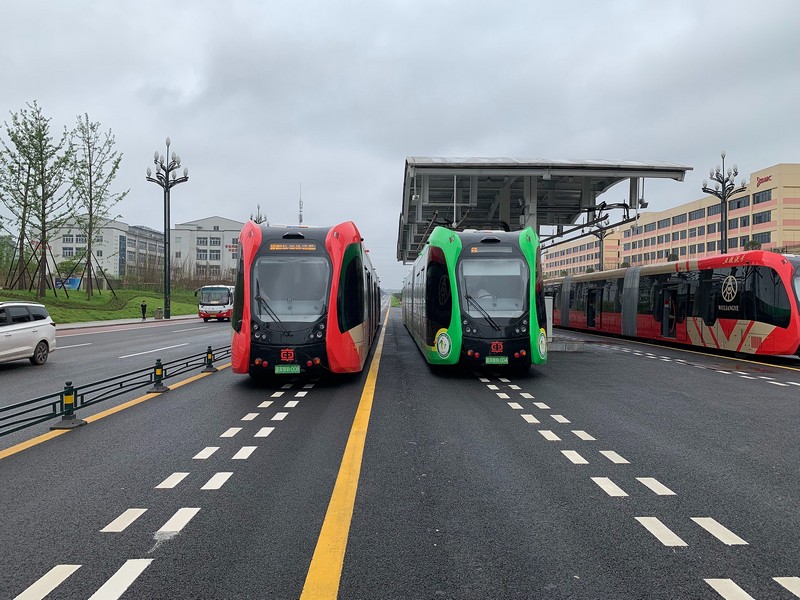
With Sarawak Metro, a wholly-owned subsidiary of SEDC, as its implementer, KUTS is expected to serve as the backbone transportation system of Greater Kuching to minimise and alleviate traffic congestion towards Kuching city centre, link vital areas within Kuching and Samarahan Districts, and promote green transport technology.
In conjunction with the hydrogen bus service, an integrated hydrogen production plant and refuelling station has been established and is presently operational under Sarawak Energy.
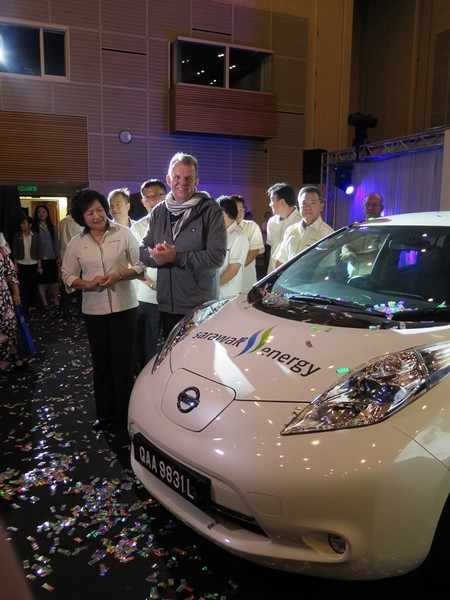
The first of its kind in Malaysia and Southeast Asia, the facility is established to enable Sarawak’s electric utility company to conduct research and development on hydrogen energy and its application, particularly as an alternative renewable energy for economic areas such as transport and export.
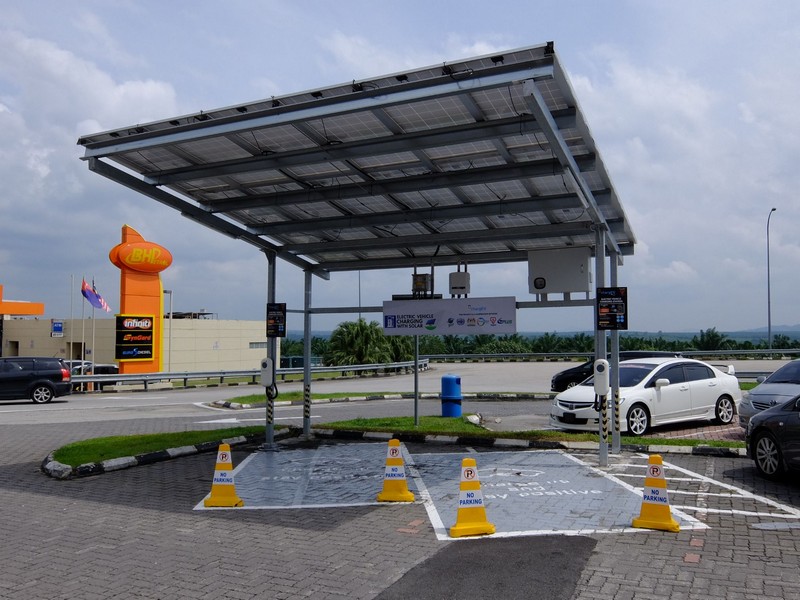
Benefits of Green Transport as Part of Smart City Initiatives
Various research around the world suggest that adopting sustainable mobility into public transport can make a positive impact to the environment and the society as a whole.
For instance, some smart technologies enable cities to play their part in tackling climate change, whether by promoting a highly efficient public transport that draws consumers away from using private vehicles, or encouraging the use of eco-friendly fuel, on-demand ride services or carpooling habits.
Other benefits, according to UCLA Transportation, include the reduction of pollutants in forms of air, noise and harmful chemicals, the decrease of roads due to less utilisation of cars, and the increase of health benefits for local communities.
